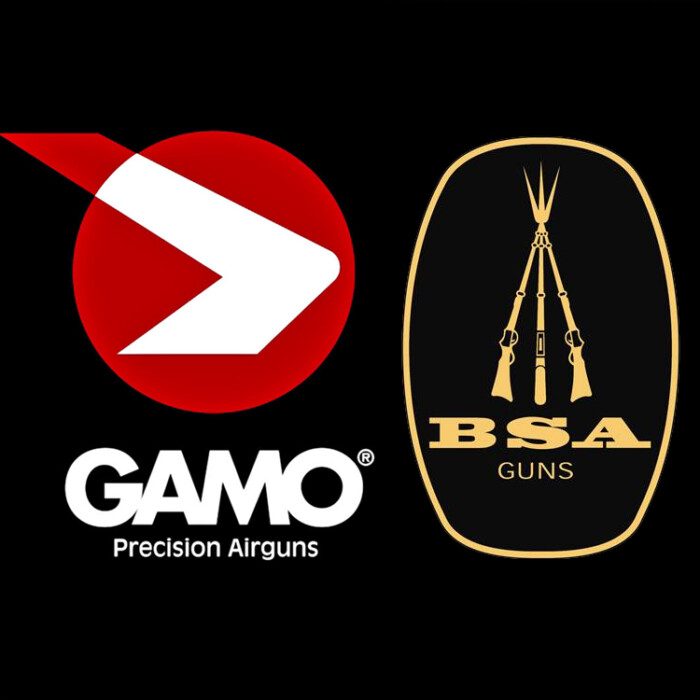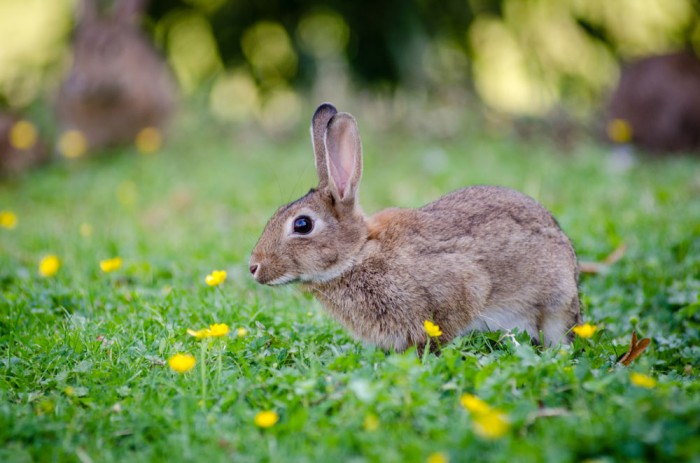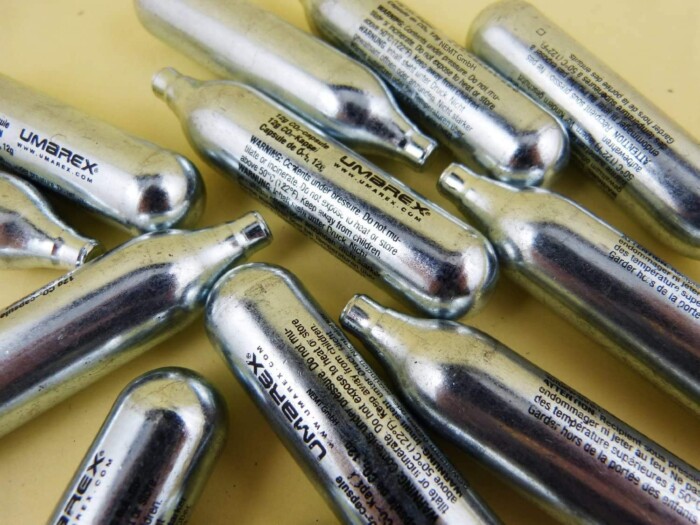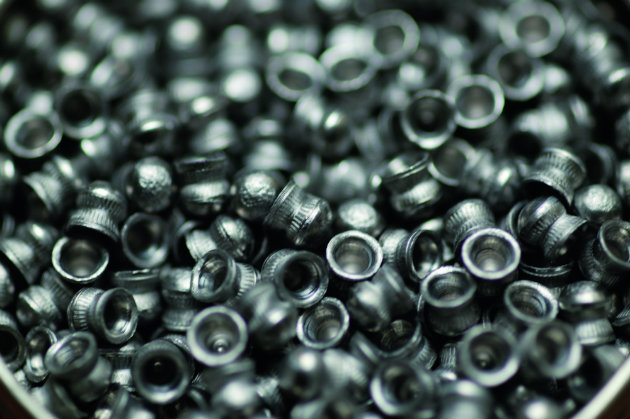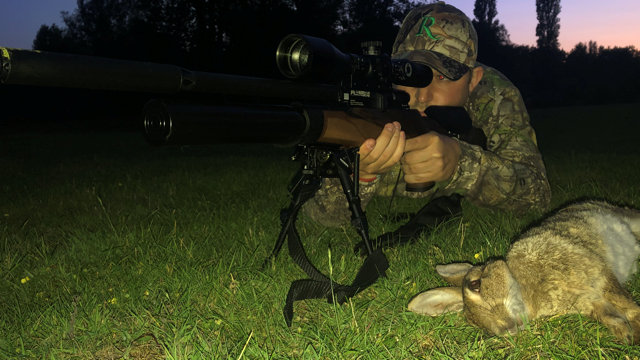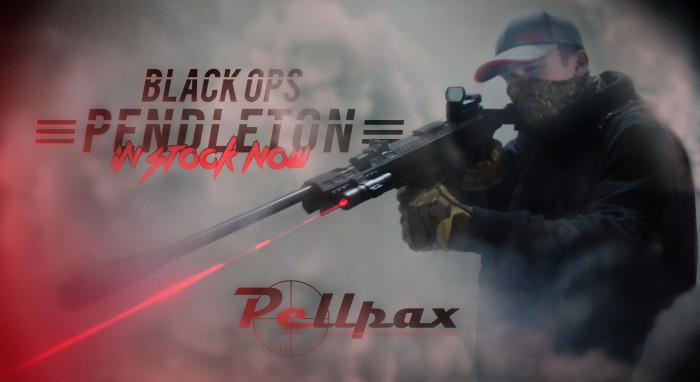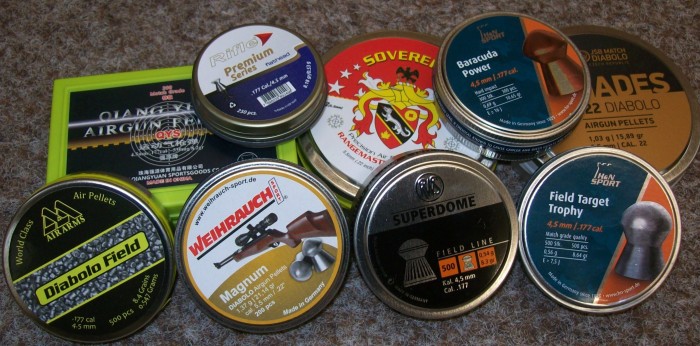The range
of airgun pellets available to us today is larger than ever before. In each
calibre, there’s a massive range of head shape, skirt size, length, material,
and weight. There’s a lot of difference in price, too, and it’s easy to make
the (sometimes misguided) assumption that the more expensive the pellet, the
better quality it will be.
Those
shooters who have found the ideal pellet for their gun and purpose will often
stick with it, perfecting their shooting performance with the benefit of
consistency. Some shooters will have a repertoire of favourite pellets. Others,
however, are still experimenting – still searching for the pellet that
perfectly suits their gun, purpose, and style.
At
Pellpax, we’ve been looking at some of the best airgun pellets on the market,
and we’ve picked out what we consider to be the cream of the crop.
Target shooting
For
target shooting, a wadcutter (flathead) pellet is ideal, as it will punch a
clean hole in the target for clear scoring. This shape of pellet, though, has
high air resistance, and will lose speed, causing it to drop. A wadcutter
pellet is perfect for shooting over a short distance, for example 10m
competition target shooting.
Over
longer distances, the wadcutter loses efficacy, and this is where the
aerodynamic domed (roundhead) pellet comes in handy. Although heavier than the
wadcutter, the domed pellet will maintain a straighter trajectory over
distance, thanks to its aerodynamic properties. The domed head and added weight
also serve to stabilise the pellet in windy weather.
THREE: H&N Baracuda Power (Domed) .177
The
hard copper coating of the Baracuda
Power pellet means less deformation during firing and on impact, and less
lead fouling in the barrel. Weighing in at 10.65gr (0.69g), this is a heavy
pellet for .177 calibre. It’s ideal for target shooting at long range.
Available
in .177, .22
TWO: Rifle Premium Series (Flathead) .177
Made
from supremely high-grade lead, Rifle’s Premium
Series Flathead is an accurate and powerful pellet. The purity of lead and
the refined manufacturing processes result in uniformity and consistency among
pellets. This wadcutter pellet, which weighs 8.18gr (0.53g) is designed
especially for the competitive target shooter.
Available
in .177, .22
ONE: QYS Match Grade (Wadcutter) .177
Zhuhai Qiang Yuan Sports Goods Co. Ltd (QYS) was founded in 1994 by Fu Qiang, who is still very much in the company’s driving seat. QYS operates from Zhuhai City, in the south of China, and exports to more than 50 countries. In the last five Olympic Games, QYS pellets have been used by 19 medal winners.
This
flathead
match-grade pellet, which weighs just 8.18gr (0.53g), is designed
specifically for competition target shooting and high-level training. The
pellets are carefully and securely packed, separated by layers of padding and
well protected from corrosion and impact.
Available
in .177
Hunting
For
hunting, a hollow-point pellet is generally considered to be the best option.
The hollow-point pellet is designed to mushroom on impact, creating a wider
wound channel that’s more likely to result in an instant kill. Alternatively,
that jack-of-all-trades of the pellet world, the dome-head, is an effective
hunting pellet.
There are conflicting views when it comes to the pointed pellet. Some shooters swear by it, and others won’t touch it.
A
wider-skirted pellet will add power to the shot, as the skirt creates a tighter
seal in the barrel, meaning that more pressure builds up behind it, increasing
the velocity of the pellet.
THREE: Weihrauch Magnum (Domed) .22
In
compiling this list of top-performing airgun pellets, I talked to the
gunsmiths, sales staff, and shooting enthusiasts who make up the Pellpax team.
One
of the gunsmiths, whose work involves zeroing guns before they’re sent out,
recommended the Weihrauch
Magnum .22. He told me that this pellet is an excellent all-rounder,
suitable for most .22 rifles. What my colleague particularly likes about this
pellet, though, is that it’s the very best choice for his own Weihrauch HW100
KT.
“It’s
brilliant for pest control. But I use it most of all for plinking in the garden
with the kids. For my HW100, there just isn’t a better pellet.”
The
Weihrauch Magnum .22 weighs 21.14gr (1.37g).
Available
in .177, .22
TWO: Daystate Rangemaster Sovereign (Domed) .22
Throughout
the manufacturing process, Daystate pellets are carefully checked for quality. Only
the very best are selected for packing. This means that there’s excellent
consistency in form and performance.
Because
the Rangemaster
Sovereign is on the heavy side 15.9gr (1.03g), it’s better suited to
high-power PCP rifles.
Available
in .177, .20, .22
ONE: JSB Hades (Hollow Point) .22
JSB
Match Diabolo is based in Bohumín, Czech Republic. The company was established
by an experienced shooter and coach, Josef Schulz, whose research into airgun
ammunition led to his own developments in the field. Teaming up with some
equally knowledgeable colleagues, Mr Schulz began to produce a new line of
airgun pellets.
The 15.89gr
(1.02g) Hades
.22 has a hollow point that’s surrounded by a trio of lead flaps. On
impact, the air pressure in the hollow pit forces the three lead flaps to
spread outward, creating a wider wound channel. This well-engineered pellet is perfect
for hunting and pest control.
Available
in .22
Pistol
Pistols
often present the problem of jammed pellets. One of the causes for jamming is
that the pellet is too long for the magazine, which is then prevented from
cycling properly. The other main reason for stuck pellets is that the low power
(under 6 ft/lb) of a pistol is not enough to propel a wide or heavy pellet.
So,
basically, when you’re choosing a pellet for your pistol, make sure that it
isn’t too big in any way: length, weight, or width.
THREE: RWS Superdome (Domed) .177
This pellet is an excellent
all-round performer. Whether you’re using it in a PCP-, spring-, or CO2-powered
gun, and whether that gun is a pistol or a rifle, the RWS Superdome
is a reliable pellet. The pellet weighs 8.3gr (0.54g), and behind the smooth,
round head is a ribbed skirt that adds aerodynamic stability and a flat
trajectory.
Available in .177, .22
TWO: Air Arms Field (Domed) .177 (4.51)
The
Air Arms Field
dome-head is recommended by Pellpax gunsmiths for use in pistols.
Air
Arms pellets are carefully inspected at each stage of the manufacturing process
to ensure that each one is of the highest quality. The perfectly shaped domed
head maintains a flat trajectory, adding to the consistency of this super
little pellet. Each Air Arms Field Dome .177 pellet weighs 8.4gr (0.547g).
Available
in .177 (4.51, 4.52), .22 (5.51, 5.52)
ONE: H&N Field Target Trophy (Domed) .177
Haendler
& Natermann Sport GMBH (H&N) have been manufacturing airgun pellets
since the 1950s. The business, which started out in the production of lead foil,
was founded 100 years earlier by Carl Georg August Natermann. H&N is still based
in its original location – the town of Hann. Münden, Germany.
Made
of a lead alloy that produces one of the lowest rates of lead fouling, the
H&N Field
Target Trophy dome-head is lightweight and aerodynamic for a flat
trajectory and high velocity. Suitable for air rifle and pistol, this pellet is
ideal for competitive shooting and high-level target practice.
Available
in .177, .20, .22, .25
Contact us
There
are, of course, many other fantastic pellets available, and this list really is
a subjective selection of some of the best. Nevertheless, the pellets featured
in this article are all excellent products and have been positively reviewed by
shooters all over the world.
For
more information about airgun pellets or any of the products on the Pellpax
website, just give us a call on 01263 731 585 or email [email protected].




